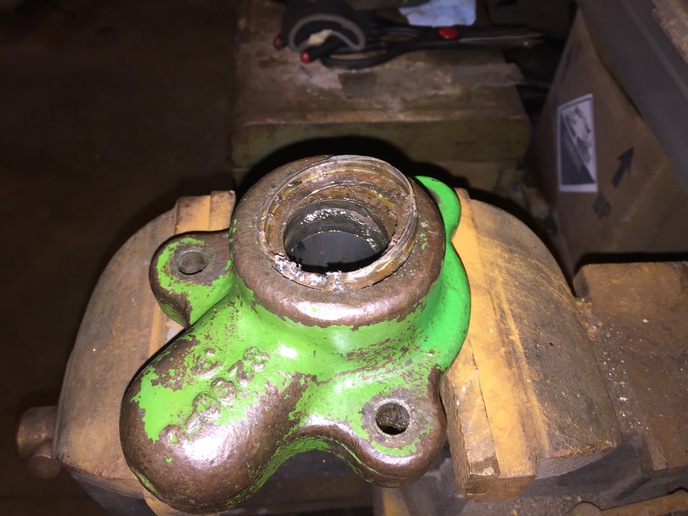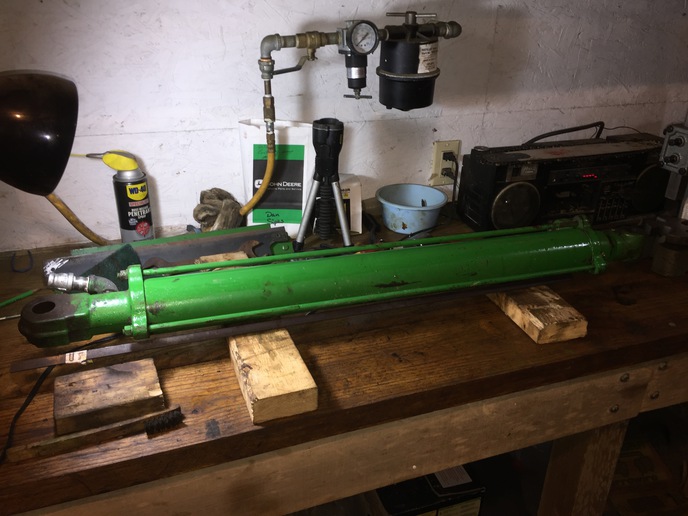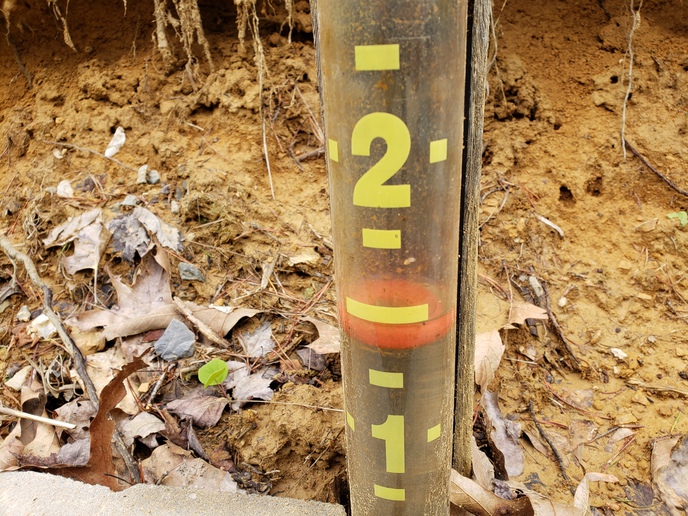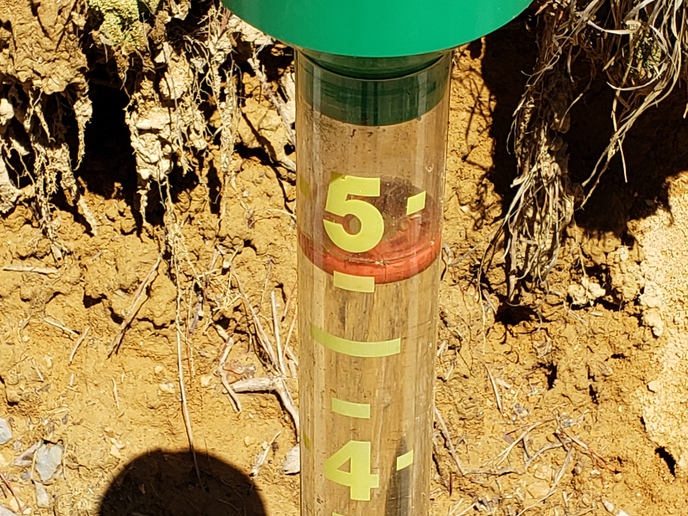farmallboy15
Member
I'm getting ready to rewire my old 1911 post-beam barn. One side will be livestock, the other will be for tractors and equipment. The wiring installed currently has inadequate lights and outlets. Last year I put in a new breaker panel. Looking at the latest NEC, they are requiring PVC conduit and weather tight boxes throughout due to the "corrosive, dusty and wet conditions". What kind of wiring do you guys have or think makes sense in livestock barns?
I personally think the PVC conduit and weather tight boxes are overkill unless they were down close to the ground... I'm thinking of using Armor Clad cable up high and EMT conduit whenever I come down down a post for an outlet. I would keep outlets 5' off the ground. All my lights will be vapor tight LED's.
Some pictures are attached of the current organization efforts on the storage side. This is the third round of purging "stuff" that was left over from the previous owner of 40 years...
TYIA




I personally think the PVC conduit and weather tight boxes are overkill unless they were down close to the ground... I'm thinking of using Armor Clad cable up high and EMT conduit whenever I come down down a post for an outlet. I would keep outlets 5' off the ground. All my lights will be vapor tight LED's.
Some pictures are attached of the current organization efforts on the storage side. This is the third round of purging "stuff" that was left over from the previous owner of 40 years...
TYIA






